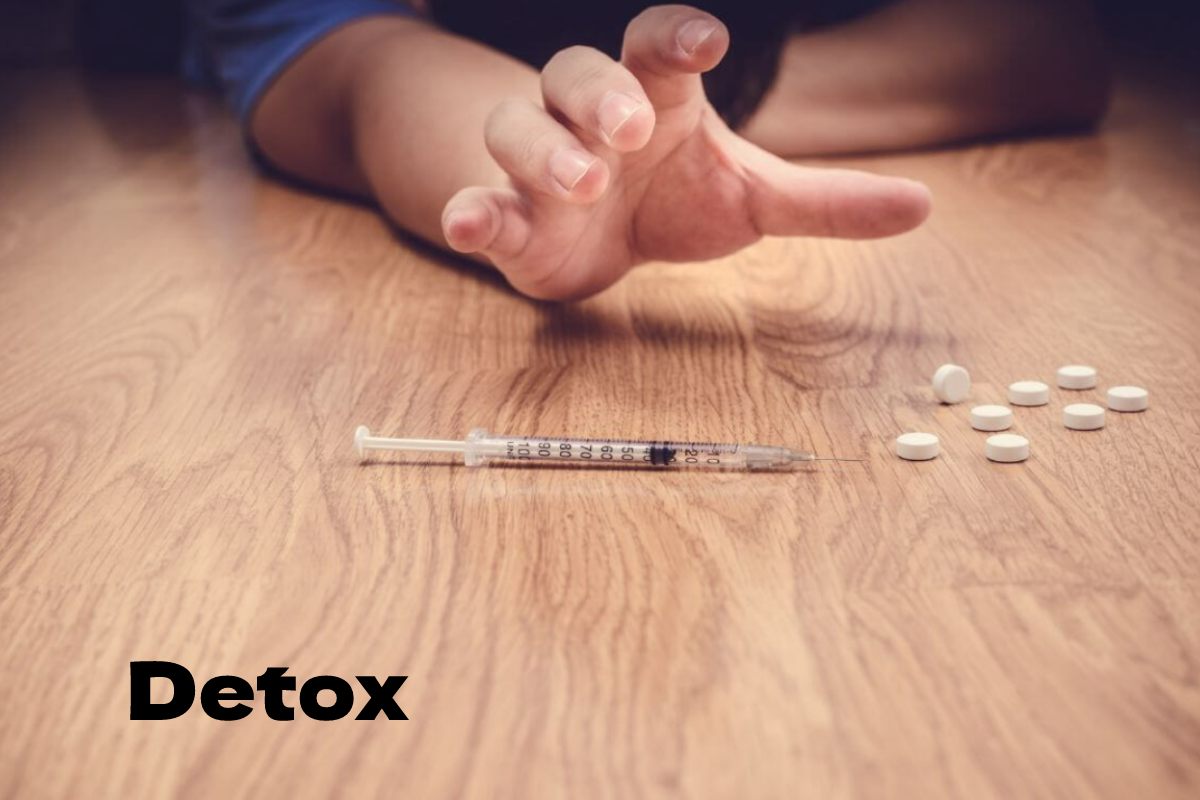Detox: Detoxification is the initial step toward recovering from addiction; however, this initial step is the most difficult step. Most patients will require medical-assisted treatment (MAT) to help them detoxify. Medication-assisted treatment will help with the pain of withdrawal symptoms and the intense cravings for substance use.
The medications offered to drug rehab residents provide more effective support in battling addiction than those using home detox alternatives because the addiction treatment team gives 24-hour supervision to rehab residents.
Both the (MAT) offered in a drug rehab center and at home are meant to stabilize and comfort patients during detox.
Table of Contents
Common Medical Detox Medications
The rehab residents who choose to go for medical detox are purposed to get rid of the addictive and toxic substances that have been induced in their body system over time. These substances induced in the patient’s body make the patient experience severe withdrawal symptoms.
And therefore, drug prescriptions must be administered with the help of the medical team to avoid relapse or too much use, which would lead to another addiction. Below are some common medical detox medications used in most drug rehab centers.
The Use of Acamprosate
Like any other medical-assisted treatment, continuous dosage of Acamprosate works by minimizing the physical impact of withdrawal symptoms. This kind of detox medication is used on patients with alcohol use disorders and helps to restore the brain chemistry imbalances caused by alcoholism.
Acamprosate typically works by protecting the patient’s brain from over-excitation that results from alcohol detox. It greatly reduces the chances of relapse and promotes substance abstinence by significantly disrupting the excitatory and inhibitory signaling within the body system.
The Disulfiram Medical Detox
Disulfiram is another prescription drug used to treat alcoholism at a drug rehab center. Disulfiram works by turning off the enzyme in the patient’s body required to metabolize ethanol, making the addict feel very uncomfortable taking alcohol.
The Naltrexone Medication
The drug can be administered to patients dealing with either opioid or alcoholism disorders. It is one of the best medical-assisted treatments because the chances of abuse are low, and its use is not associated with many side effects. However, it is important to note that Naltrexone should only be administered to patients who have completed their medical detox or have been in drug abstinence for more than seven days.
The Use of Methadone
Most opioid narcotics like heroin are short-acting agonists. So by giving patients methadone, a long-term opioid, over time, patients only need to take fewer doses to keep their brain receptors working. The drug is used once a day to help patients struggling with addiction to opioids and heroin.
Another opioid agonist is Buprenorphine; though less effective as it doesn’t fully activate the brain receptors, the medication has fewer chances of abuse when treating narcotic and opioid withdrawal symptoms.
Summary
Drug rehab residents’ medications are essentially for detox pain as they help the addict deal with the most severe withdrawal symptoms and intense craving for the drug. Some medications used at a drug rehab center include; methadone, Naltrexone, Disulfiram, Acamprosate and Buprenorphine.
Also Read: Maintaining Good Practices: GxP, Explained

